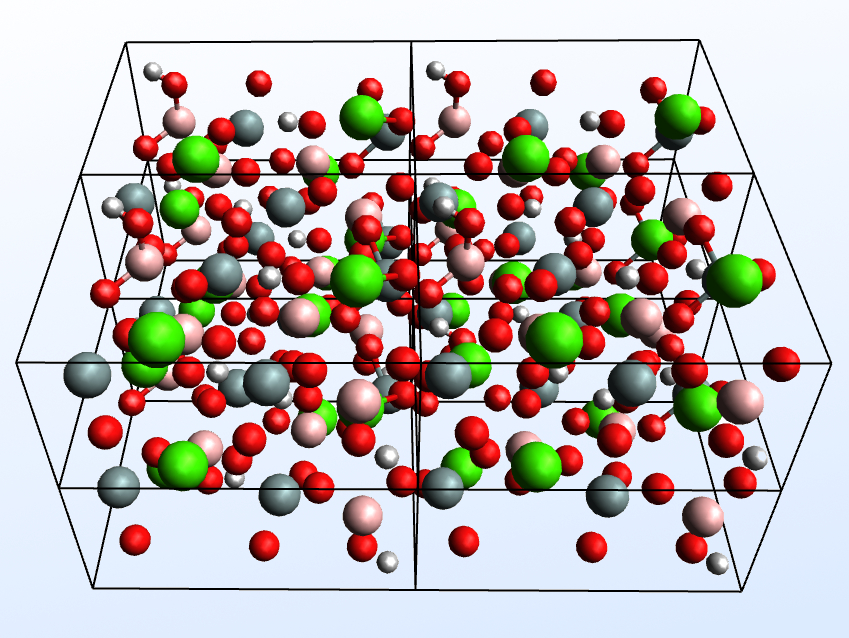High pressures and synchrotron radiation can be used to study the phase formation and phase transitions in oxide-based crystalline solids. The area has been steadily expanding because of the advancements made in synchrotron beam-lines and synchrotron research, in general.
Sergey V. Krivovichev, St. Petersburg State University, Russia, and Kola Science Centre, Russian Academy of Sciences, Apatity, and colleagues have discovered a new form of borosilicate datolite, CaBSiO4(OH), using synchrotron-based in-situ high-pressure single-crystal X-ray diffraction. The researchers measured the phase transitions in low- and high-pressure environments and found that the structure of the datolite at high pressure contains pentacoordinated silicon atoms.
The structure features SiO5 units with a triangular bipyramidal geometry and shared edges, forming dimers of the type Si2O8. The dimers are linked through boron tetroxide (BO4) tetrahedra, which results in the formation of [B(SiO4)OH]2– layers, a topology which has not yet been seen in inorganic materials. To date, the discovered datolite modification is only the second inorganic compound that is known to possess silicon atoms in a purely fivefold coordination.
- Pentacoordinated silicon in the high-pressure modification of datolite, CaBSiO4(OH),
Liudmila A. Gorelova, Anna S. Pakhomova, Georgios Aprilis, Leonid S. Dubrovinsky, Sergey V. Krivovichev,
Inorg. Chem. Front. 2018.
https://doi.org/10.1039/c8qi00257f




